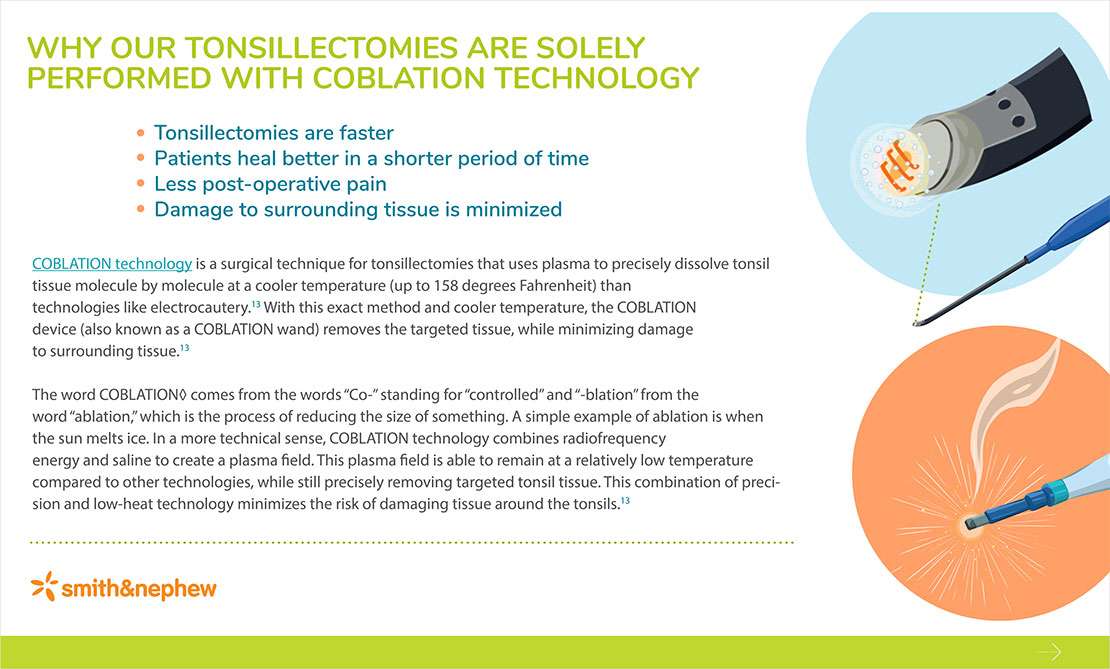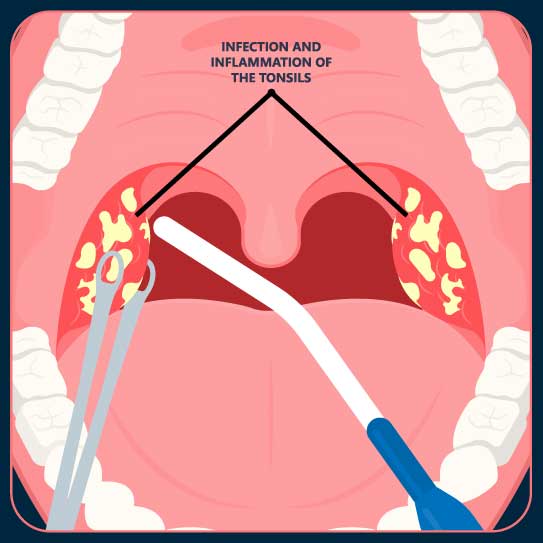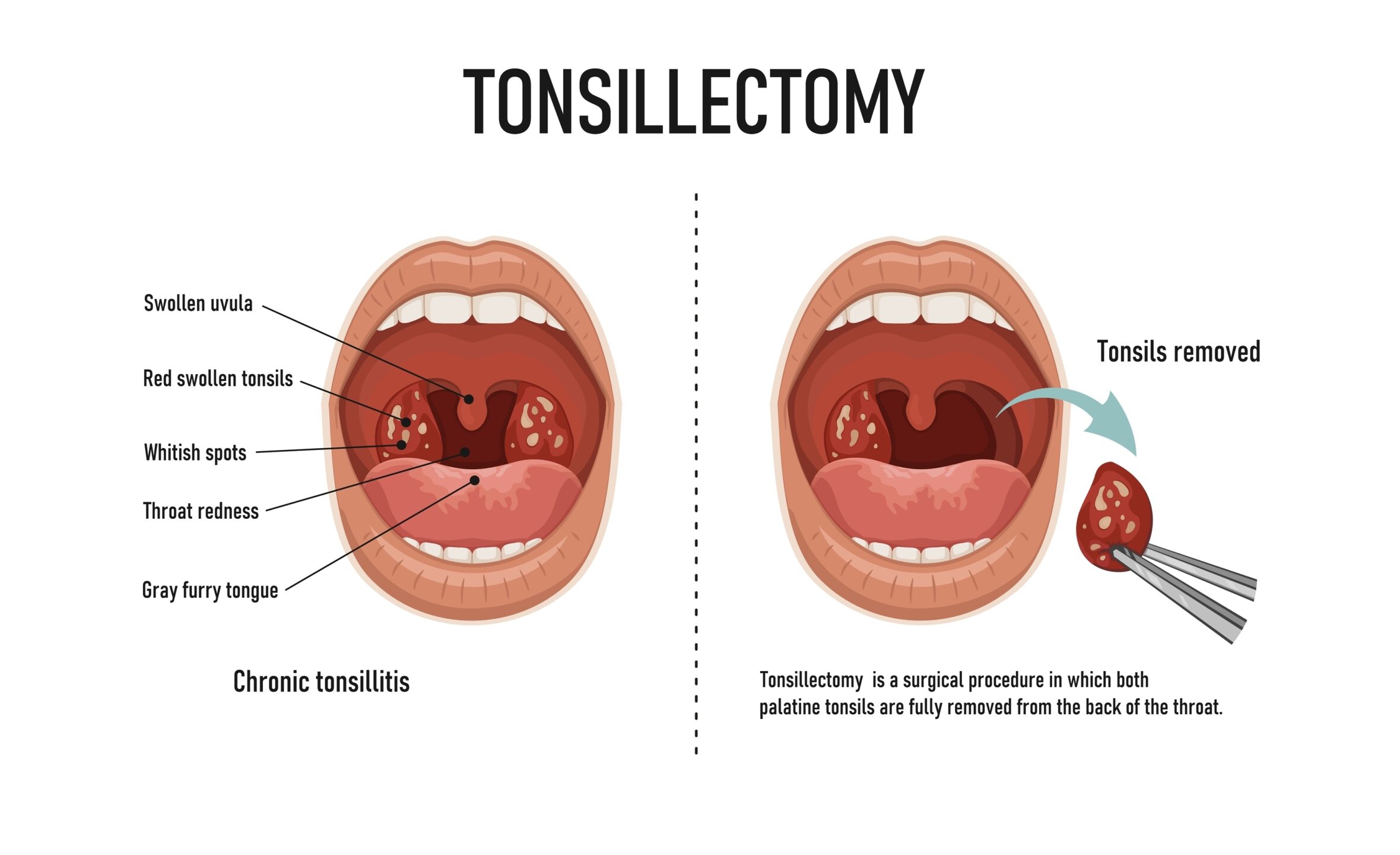Coblation Tonsil Cryptolysis Near Me

Tonsil stones, also known as tonsilloliths, are causing increasing discomfort and concern for many individuals. A minimally invasive procedure called Coblation Tonsil Cryptolysis is gaining traction as a potential solution, leading to a surge in searches for "Coblation Tonsil Cryptolysis Near Me."
This article provides crucial information about this procedure, its benefits, and how to find qualified specialists in your area.
What is Coblation Tonsil Cryptolysis?
Coblation Tonsil Cryptolysis is a surgical procedure that uses radiofrequency energy to reduce the size of the tonsil crypts. These crypts are small pockets on the surface of the tonsils where debris, bacteria, and mucus can accumulate, leading to the formation of tonsil stones.
Unlike a complete tonsillectomy, this procedure aims to preserve the tonsils' immunological function while eliminating the breeding ground for tonsil stones.
Benefits of Coblation Tonsil Cryptolysis
The primary benefit is a significant reduction in the frequency and severity of tonsil stones. Patients often report improved breath, reduced throat irritation, and enhanced overall comfort.
Furthermore, recovery time is generally shorter compared to traditional tonsillectomy.
Coblation is considered to be a less invasive procedure compared to other methods of tonsil removal.
Finding "Coblation Tonsil Cryptolysis Near Me"
Finding a qualified ENT (Ear, Nose, and Throat) specialist is the most important step. Start by searching online directories of otolaryngologists in your area.
Websites like the American Academy of Otolaryngology – Head and Neck Surgery (AAO-HNS) can be valuable resources for locating certified professionals.
Specifically look for doctors who have experience with Coblation technology and tonsil cryptolysis procedures.
What to Expect During a Consultation
A thorough examination of your tonsils and a review of your medical history are crucial parts of the consultation. The ENT specialist will determine if you are a suitable candidate for Coblation Tonsil Cryptolysis.
Don’t hesitate to ask detailed questions about the procedure, potential risks, and expected outcomes. Discuss your concerns openly with the doctor.
Understanding the procedure and recovery process is critical before making a decision.
The Procedure Itself
Coblation Tonsil Cryptolysis is typically performed as an outpatient procedure. It is usually done under local or general anesthesia.
The surgeon uses a specialized Coblation device to gently remove or reduce the size of the tonsil crypts. The entire procedure usually takes less than an hour.
Patients can typically return home the same day after a period of observation.
Recovery After Coblation Tonsil Cryptolysis
Post-operative pain is usually minimal and can be managed with over-the-counter pain relievers. A soft food diet is recommended for the first few days.
Most patients can resume normal activities within a week. It is important to follow the doctor's post-operative instructions carefully.
Follow-up appointments are typically scheduled to monitor healing and ensure optimal results.
Potential Risks and Complications
While generally safe, Coblation Tonsil Cryptolysis carries some potential risks. These risks includes bleeding, infection, and changes in taste.
Discussing these risks with your ENT specialist is crucial. Pre-existing medical conditions can impact the risks.
Promptly report any concerning symptoms to your doctor after the procedure.
Ongoing Developments
Research continues to explore the long-term effectiveness of Coblation Tonsil Cryptolysis. Studies are being conducted to compare it with other treatment options.
Technological advancements in Coblation devices may lead to even more precise and less invasive procedures in the future.
Stay informed about the latest developments in tonsil stone treatment by consulting with your ENT specialist and reliable medical resources.
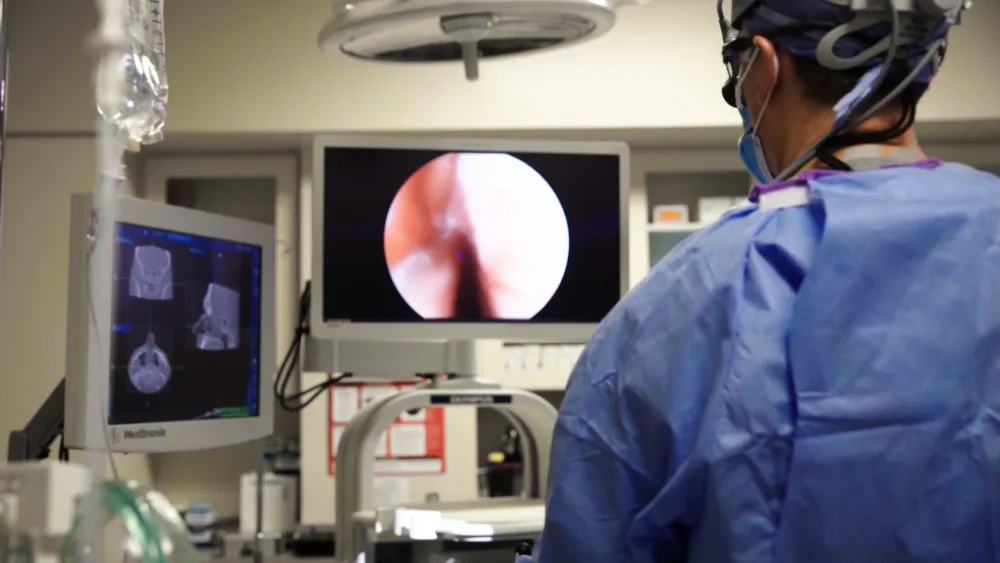

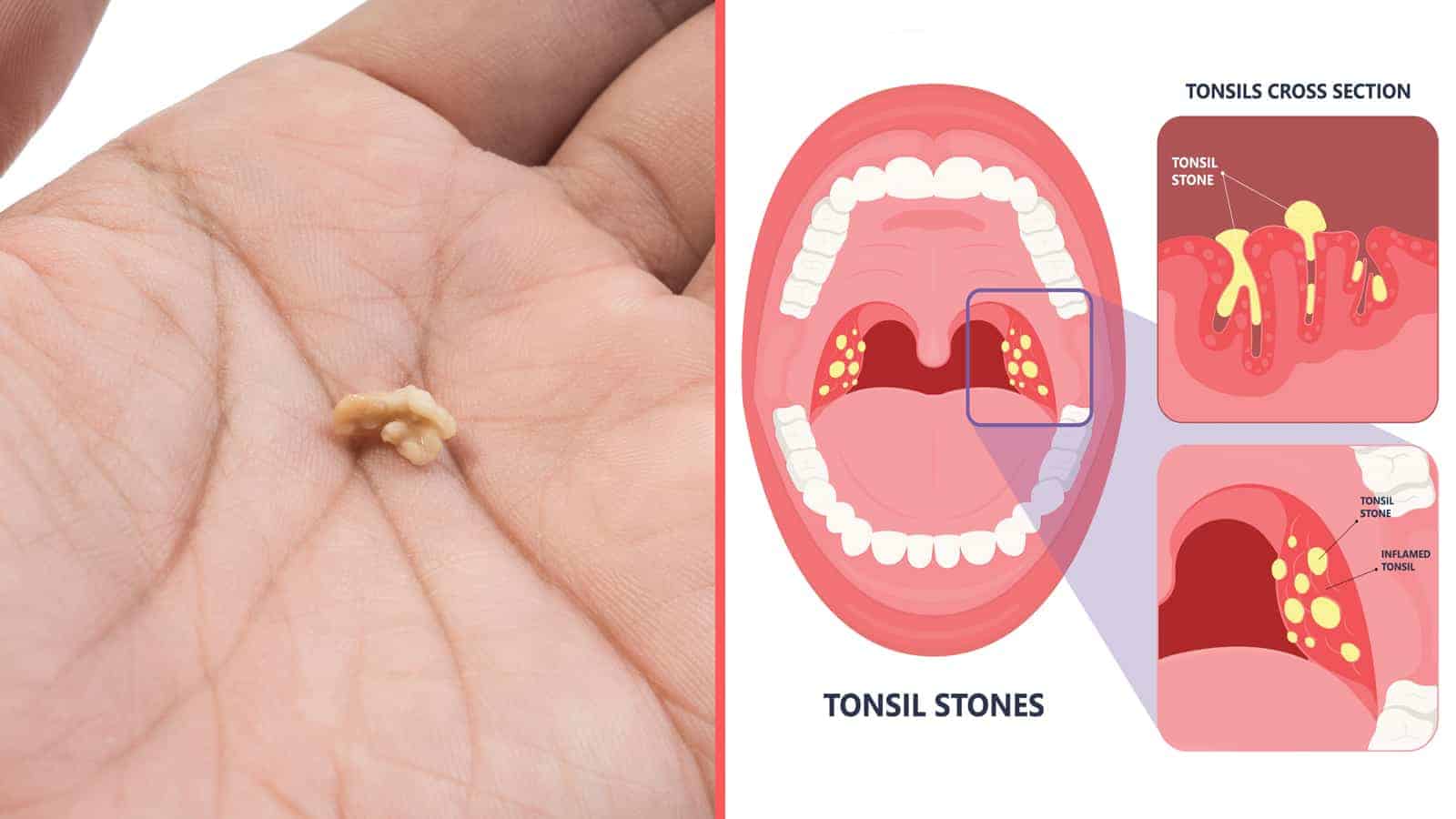


 EN.jpg)




